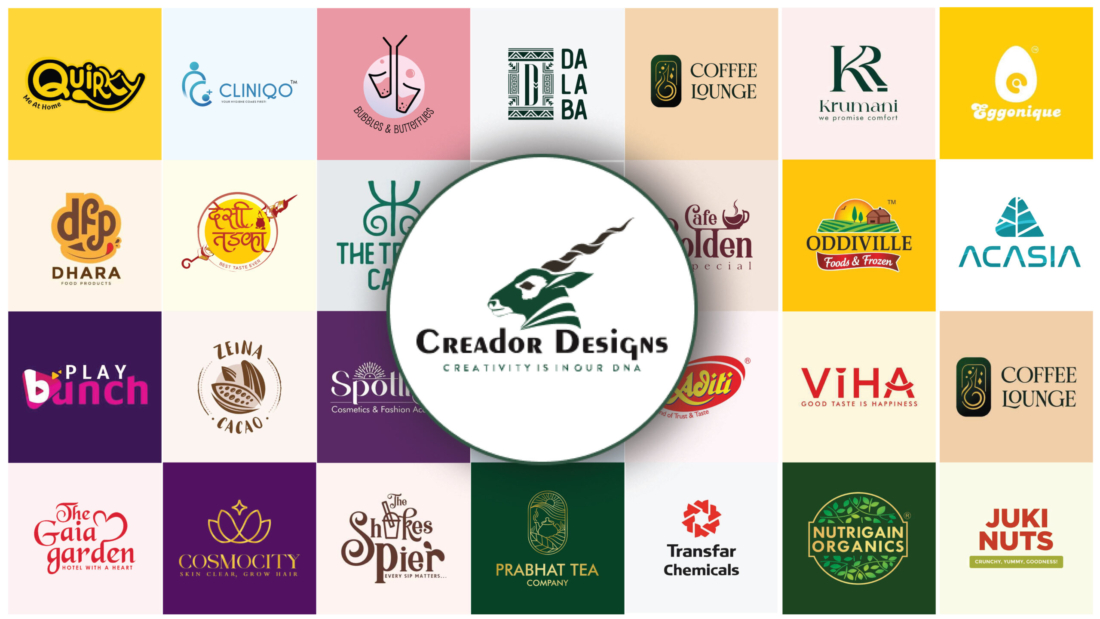In today’s competitive market, a logo is more than just a visual symbol; it represents your brand’s identity and values. Whether you’re a startup or an established company, a well-designed logo is crucial for building brand recognition and loyalty. But what exactly is logo design, and why is it so important?
Understanding Logo Design
Logo design is the process of creating a unique symbol or emblem that represents a company, product, or service. It’s the face of your brand, the first thing people see, and the image that sticks in their minds. A good logo should be simple, memorable, versatile, and appropriate for the brand it represents.
The Importance of a Strong Logo
A strong logo is vital for several reasons:
- Brand Recognition: A well-designed logo makes your brand instantly recognizable. Think of the golden arches of McDonald’s or the swoosh of Nike; these logos are universally known and associated with their respective brands.
- First Impressions: Your logo is often the first interaction a customer has with your brand. A professional and eye-catching logo can create a positive first impression, setting the tone for your entire brand experience.
- Differentiation: In a crowded market, your logo helps you stand out. A unique logo differentiates your brand from competitors and communicates what makes your company special.
- Brand Loyalty: Over time, your logo becomes a symbol of trust and credibility. Customers who have a positive experience with your brand will associate these feelings with your logo, fostering brand loyalty.
The Logo Design Process
Creating a logo involves several key steps:
- Research and Discovery: Understand your brand, target audience, and competitors. This stage is crucial for creating a logo that resonates with your audience.
- Concept Development: Brainstorm ideas and sketch potential logo concepts. This is where creativity comes into play, as you explore different ways to visually represent your brand.
- Design: Using design software, create digital versions of your logo concepts. Experiment with colors, fonts, and shapes to find the perfect combination.
- Feedback and Refinement: Share your designs with stakeholders and gather feedback. Refine the logo based on this input to ensure it aligns with your brand’s vision.
- Finalization: Once the design is approved, finalize the logo and prepare it in various formats for use across different platforms, such as websites, business cards, and social media.
Conclusion
A logo is more than just a visual mark; it’s the cornerstone of your brand identity. A well-crafted logo can help you build a strong, recognizable brand that resonates with your audience. Whether you’re starting from scratch or considering a rebrand, investing in professional logo design is a decision that will pay off in the long run.

